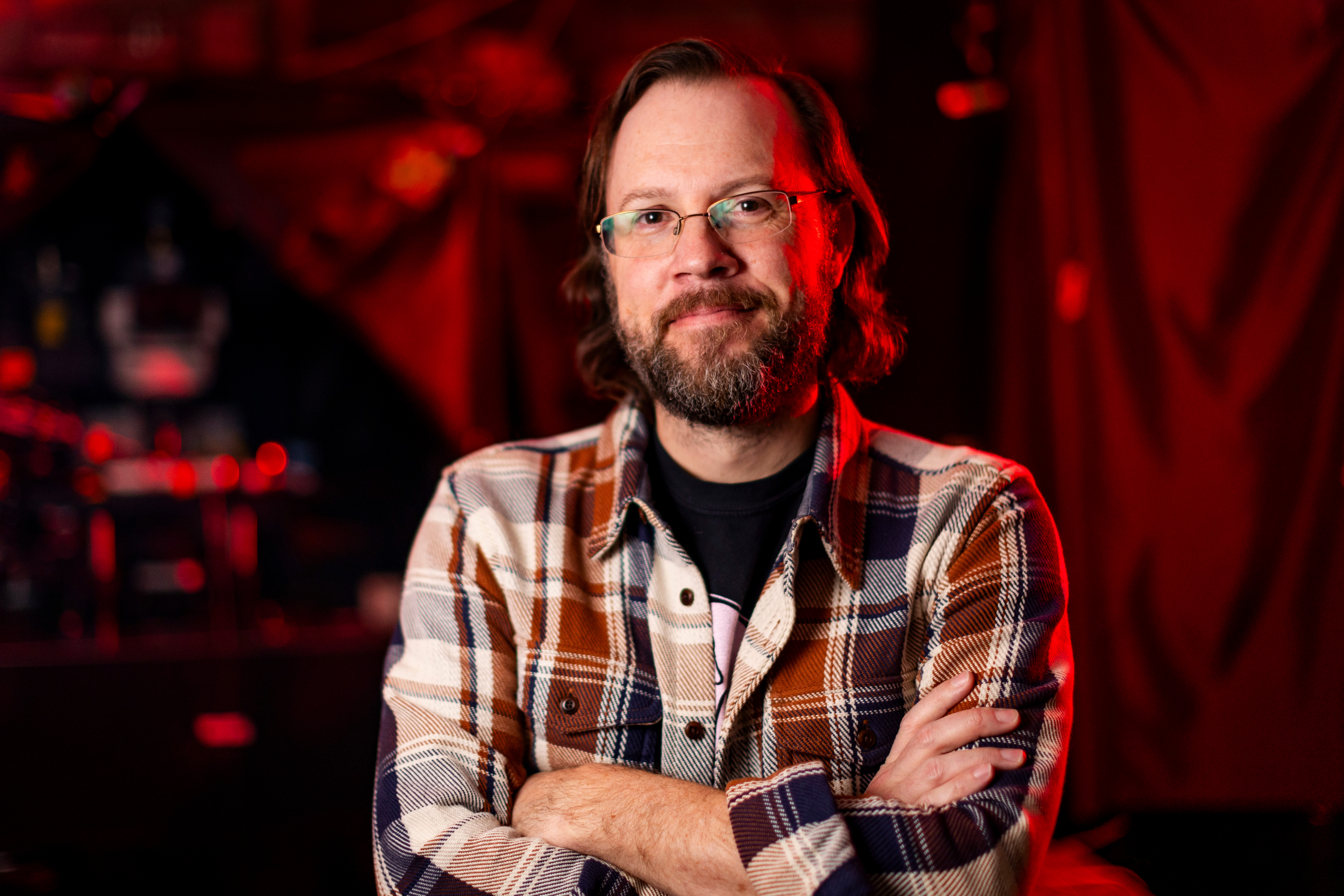For those in need of one, an organ transplant is a matter of life and death.
Every year, the medical procedure gives thousands of people with advanced or end-stage diseases extended life. This “second chance” is heavily dependent on the availability, compatibility, and proximity of a precious resource that can’t be simply bought, grown, or manufactured — at least not yet.
Instead, organs must be given — cut from one body and implanted into another. And because living organ donation is only viable in certain cases, many organs are only available for donation after the donor’s death.
Unsurprisingly, the logistical and ethical complexity of distributing a limited number of transplant organs to a growing wait list of patients has received much attention. There’s an important part of the process that has received less focus, however, and which may hold significant untapped potential: organ procurement itself.
“If you have a donated organ, who should you give it to? This question has been extensively studied in operations research, economics, and even applied computer science,” says Hammaad Adam, a graduate student in the Social and Engineering Systems (SES) doctoral program at the MIT Institute for Data, Systems, and Society (IDSS). “But there’s been a lot less research on where that organ comes from in the first place.”
In the United States, nonprofits called organ procurement organizations, or OPOs, are responsible for finding and evaluating potential donors, interacting with grieving families and hospital administrations, and recovering and delivering organs — all while following the federal laws that serve as both their mandate and guardrails. Recent studies estimate that obstacles and inefficiencies lead to thousands of organs going uncollected every year, even as the demand for transplants continues to grow.
“There’s been little transparent data on organ procurement,” argues Adam. Working with MIT computer science professors Marzyeh Ghassemi and Ashia Wilson, and in collaboration with stakeholders in organ procurement, Adam led a project to create a dataset called ORCHID: Organ Retrieval and Collection of Health Information for Donation. ORCHID contains a decade of clinical, financial, and administrative data from six OPOs.
“Our goal is for the ORCHID database to have an impact in how organ procurement is understood, internally and externally,” says Ghassemi.
Efficiency and equity
It was looking to make an impact that drew Adam to SES and MIT. With a background in applied math and experience in strategy consulting, solving problems with technical components sits right in his wheelhouse.
“I really missed challenging technical problems from a statistics and machine learning standpoint,” he says of his time in consulting. “So I went back and got a master’s in data science, and over the course of my master’s got involved in a bunch of academic research projects in a few different fields, including biology, management science, and public policy. What I enjoyed most were some of the more social science-focused projects that had immediate impact.”
As a grad student in SES, Adam’s research focuses on using statistical tools to uncover health-care inequities, and developing machine learning approaches to address them. “Part of my dissertation research focuses on building tools that can improve equity in clinical trials and other randomized experiments,” he explains.
One recent example of Adam’s work: developing a novel method to stop clinical trials early if the treatment has an unintended harmful effect for a minority group of participants. “I’ve also been thinking about ways to increase minority representation in clinical trials through improved patient recruitment,” he adds.
Racial inequities in health care extend into organ transplantation, where a majority of wait-listed patients are not white — far in excess of their demographic groups’ proportion to the overall population. There are fewer organ donations from many of these communities, due to various obstacles in need of better understanding if they are to be overcome.
“My work in organ transplantation began on the allocation side,” explains Adam. “In work under review, we examined the role of race in the acceptance of heart, liver, and lung transplant offers by physicians on behalf of their patients. We found that Black race of the patient was associated with significantly lower odds of organ offer acceptance — in other words, transplant doctors seemed more likely to turn down organs offered to Black patients. This trend may have multiple explanations, but it is nevertheless concerning.”
Adam’s research has also found that donor-candidate race match was associated with significantly higher odds of offer acceptance, an association that Adam says “highlights the importance of organ donation from racial minority communities, and has motivated our work on equitable organ procurement.”
Working with Ghassemi through the IDSS Initiative on Combatting Systemic Racism, Adam was introduced to OPO stakeholders looking to collaborate. “It’s this opportunity to impact not only health-care efficiency, but also health-care equity, that really got me interested in this research,” says Adam.














